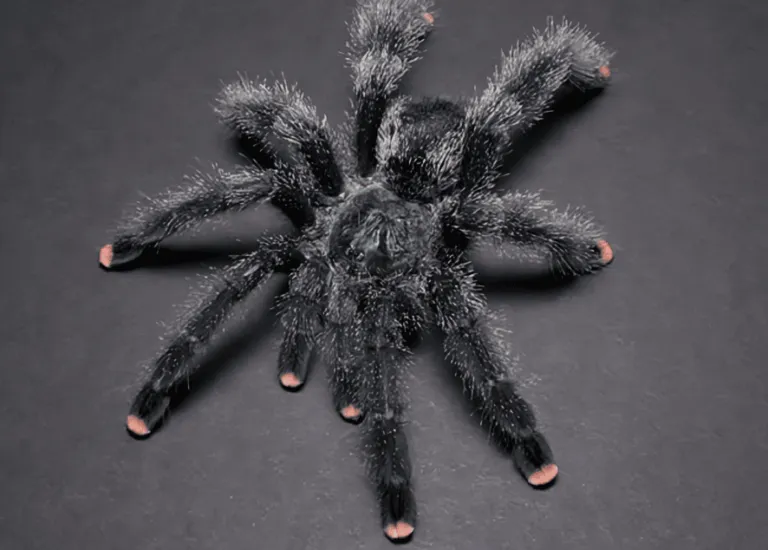Introduction
The Pink Toe Tarantula, scientifically known as Avicularia avicularia, is a captivating arachnid that has gained popularity among tarantula enthusiasts. Known for its striking appearance and relatively docile temperament, this New World tarantula offers a fascinating glimpse into the world of exotic pets. This article will delve into the world of the Pink Toe Tarantula, exploring its characteristics, habitat, and some amazing facts that make it a unique and intriguing creature. Whether you’re a seasoned arachnid keeper or just curious about these eight-legged wonders, this guide will provide valuable insights into the Pink Toe Tarantula.
What is a Pink Toe Tarantula?
The Pink Toe Tarantula is a species of tarantula native to the rainforests of South America and the Caribbean. As a member of the Avicularia genus, it’s known for its arboreal lifestyle, meaning it primarily lives in trees. These tarantulas are recognized for their vibrant coloration and relatively gentle disposition, making them a favored choice for tarantula keepers. They are named for the distinctive pink or reddish coloration on the tips of their toes, which adds to their visual appeal. They are generally considered to be one of the less aggressive tarantula species, which contributes to their popularity as pets.
Physical Characteristics of Pink Toe Tarantulas
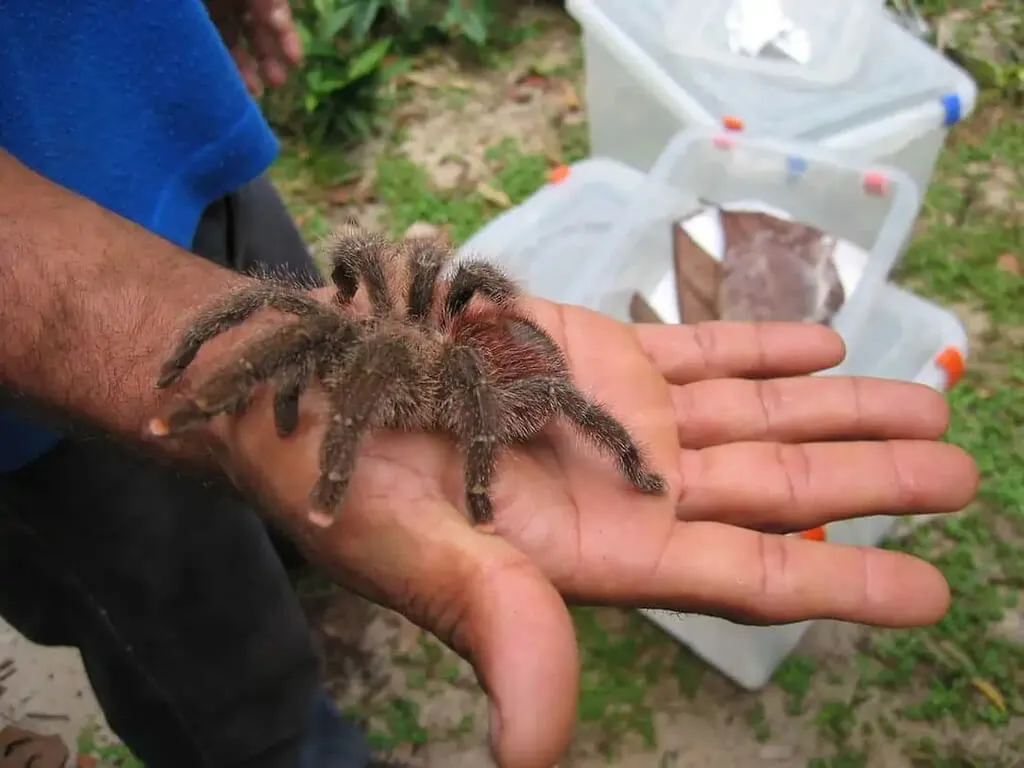
Pink Toe Tarantulas are medium-sized tarantulas, with adults typically reaching a leg span of up to 5-6 inches. Their bodies are covered in a velvety coat of dark hairs, often black or dark grey. The most striking feature is, of course, the pink or reddish coloration on the tips of their legs and pedipalps. This distinctive coloration is what gives them their common name. Their abdomens are typically darker, often with a pattern, and can appear quite plump when well-fed. Their coloration provides camouflage in their natural habitat, blending in with the foliage of the trees where they live. Their eyes are small and located at the front of their carapace, providing them with limited but sufficient vision for their needs.
Habitat and Distribution
Pink Toe Tarantulas are primarily found in the rainforests of South America, including countries like Brazil, Venezuela, and Guyana, as well as the Caribbean islands, such as Trinidad and Tobago. They are arboreal creatures, meaning they spend most of their lives in trees. They build silk nests in the branches, where they can hide from predators and ambush prey. Their natural habitat is characterized by high humidity and warm temperatures. These tarantulas prefer to live in areas with plenty of vegetation, which provides cover and helps them regulate their body temperature. Conservation efforts are important to protect their natural habitats from deforestation and habitat destruction, which could threaten their populations.
Old World vs New World Tarantulas
The distinction between Old World and New World tarantulas is crucial for understanding their behavior and care. Pink Toe Tarantulas belong to the New World category. New World tarantulas, like the Pink Toe, possess urticating hairs on their abdomen, which they can flick off to defend themselves. These hairs cause skin irritation upon contact and serve as a primary defense mechanism. Old World tarantulas, on the other hand, do not have urticating hairs and instead rely more on their venom and aggression. This difference makes New World tarantulas generally considered to be less aggressive and, therefore, easier to handle, but this does not mean they cannot bite. Knowing the distinction helps in handling and providing the appropriate care.
Origin
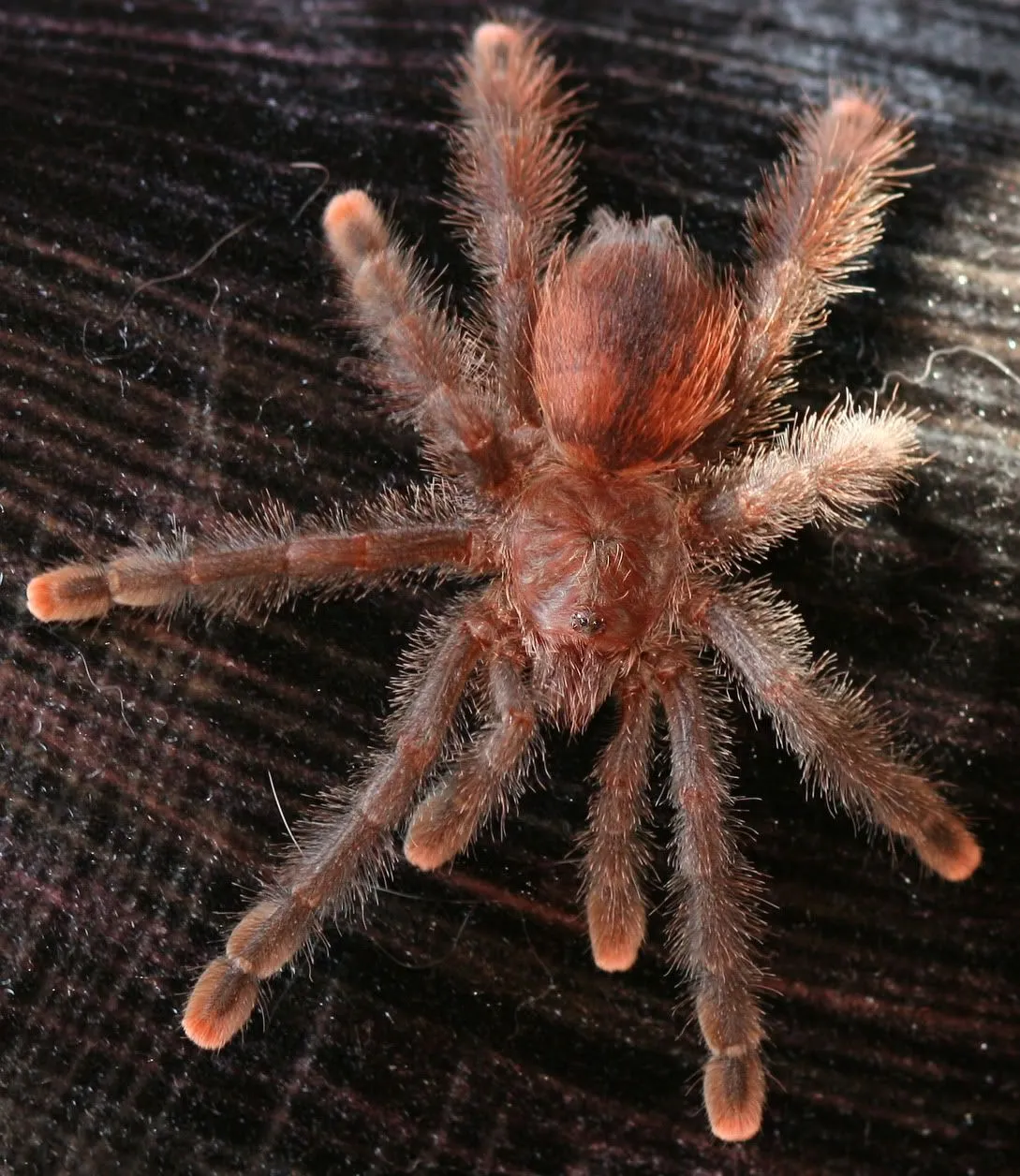
The Pink Toe Tarantula’s origins trace back to the rainforests of South America and the Caribbean islands. They have evolved over millennia to thrive in their specific arboreal environment. They are well-adapted to their tropical and subtropical habitats, allowing them to flourish in their natural ecosystem. Their appearance, behavior, and life cycle have developed over time, making them a unique species. Their journey through the rainforests of South America has resulted in the stunning creatures we observe today, and they have now become popular in the pet trade.
Defense Mechanisms
Pink Toe Tarantulas have several defense mechanisms to protect themselves from predators. The most common is the use of urticating hairs, which they flick off their abdomen when threatened. These tiny hairs cause skin irritation and discomfort upon contact, deterring potential predators. They also possess a venomous bite, which is not considered medically significant to humans, but can cause local pain and discomfort. They are also capable of dropping their legs, known as autotomy, to escape from predators, though this is a last resort. When threatened, they may also retreat to their nests or display a defensive posture, rearing up and exposing their fangs.
Venom Potency
While Pink Toe Tarantulas are venomous, their venom is considered to have a low toxicity to humans. A bite from a Pink Toe Tarantula is unlikely to cause serious harm. The effects of a bite can include mild pain, localized swelling, and itching at the bite site. These symptoms typically subside within a few hours or days. Unlike some Old World tarantulas, Pink Toes rarely bite unless provoked, and their venom is not a significant threat. Even though their venom is not considered dangerous to humans, it is still advisable to exercise caution and avoid direct contact with the fangs when handling them.
Temperament and Handling
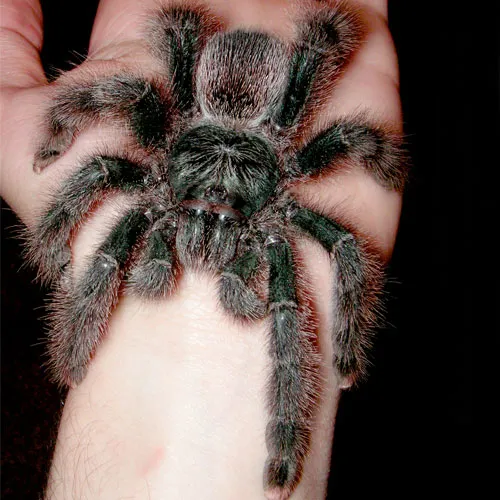
Pink Toe Tarantulas are generally known for their docile and calm temperament, making them a good choice for beginner tarantula keepers. They are less likely to bite compared to many other tarantula species, and are generally not aggressive. However, it’s important to handle them with care and respect their space. Always use a soft brush to gently coax them onto your hand. It is important to remember that individual temperaments can vary, and some Pink Toes may be more skittish or defensive than others. Avoid quick movements and loud noises around them. Always wash your hands before and after handling, as well as being aware of their urticating hairs.
5 Amazing Facts About Pink Toe Tarantulas
Fact 1: Arboreal Lifestyle
As an arboreal species, Pink Toe Tarantulas spend most of their lives in trees. They build silk nests among branches and foliage, providing both shelter and a vantage point for ambushing prey. Their bodies are well-adapted for climbing, with strong legs and claws that allow them to navigate vertical surfaces. Their arboreal lifestyle sets them apart from many other tarantula species that live on the ground.
Fact 2: Unique Coloration
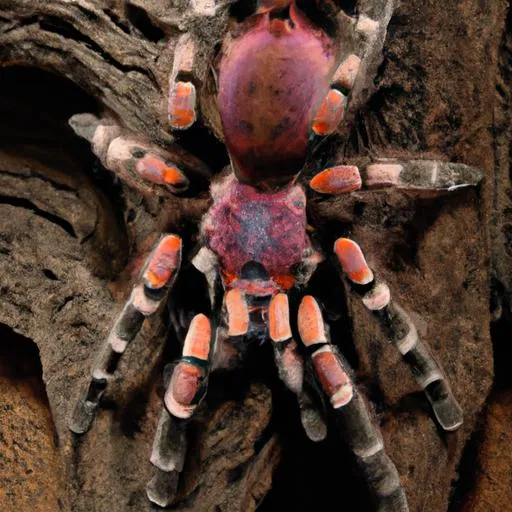
The Pink Toe Tarantula’s distinctive pink toe tips are a key feature. The color is not only beautiful but also serves as a form of camouflage. This coloration helps them blend into their environment, especially when hiding amongst the foliage. The contrast between their dark bodies and bright pink toes makes them instantly recognizable and adds to their visual appeal.
Fact 3: Gentle Nature
Compared to other tarantula species, Pink Toe Tarantulas are known for their gentle nature. They are less likely to bite and are generally not aggressive, making them a good option for beginner keepers. Their calm temperament makes them easier to handle and observe. Their docile disposition is a significant reason why they are popular in the pet trade.
Fact 4: Relatively Long Lifespan
Pink Toe Tarantulas have a relatively long lifespan compared to many other pet invertebrates. Females can live for up to 10-12 years in captivity, while males typically have a shorter lifespan of 3-5 years. This long lifespan makes them a long-term companion for tarantula keepers, providing years of enjoyment and observation.
Fact 5: Diet and Feeding Habits
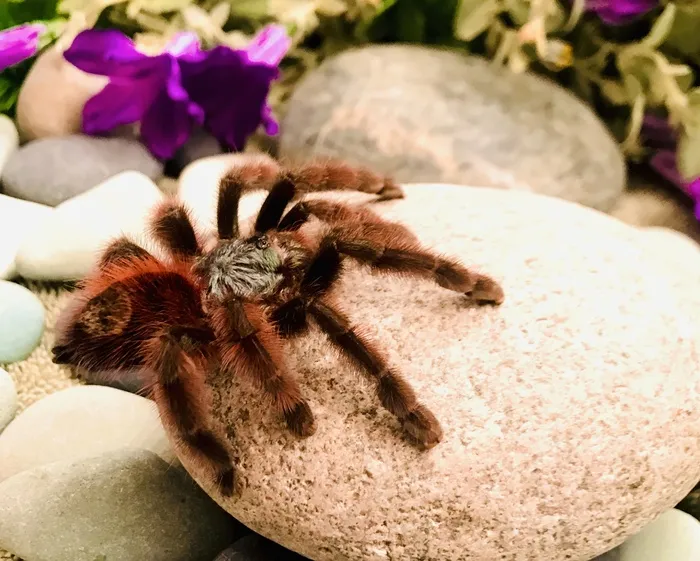
Pink Toe Tarantulas are carnivorous and primarily feed on insects in the wild and captivity. Their diet consists of crickets, roaches, mealworms, and other invertebrates. They ambush their prey and inject venom to immobilize them. They typically feed every few days, and their feeding habits are a fascinating aspect of their behavior. Providing a varied diet helps ensure their health and well-being.
Conclusion
The Pink Toe Tarantula is a captivating species that combines striking beauty with a relatively gentle temperament. Their unique coloration, arboreal lifestyle, and long lifespan make them a fascinating subject for both observation and care. As you’ve learned, these tarantulas are New World tarantulas. By understanding their characteristics, habitat, and habits, you can appreciate the amazing world of these creatures. Whether you’re considering keeping one as a pet or simply admiring them from afar, the Pink Toe Tarantula offers a captivating glimpse into the diversity of the arachnid world. Remember to always handle them with care and respect to enjoy the best experience.
